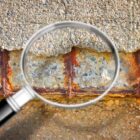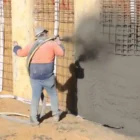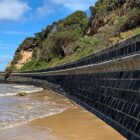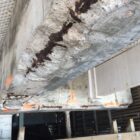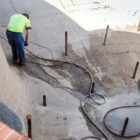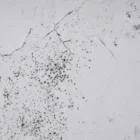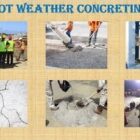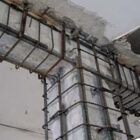
Concrete and steel structures exposed to saline and salty environment, get damaged and they are structural damages. They cause chaos at later stage. It is necessary to understand chemistry of these damages to arrive at the perfect rehabilitation method for them.
Concrete matrix essentially consists of coarse aggregates, fine aggregates, cement and water. Admixtures are added to the matrix as per the functional need. The concrete matrix exposed to saline environment, gets exposed to the salts present in that medium (liquid or solid or gaseous state). More often than not, Chlorides cover the maximum share in contents of saline medium. Chloride present in saline environment is mostly in unsaturated form and tends to quickly react with the molecule of chemical with befitting characteristics.
Alumina as present in cement which is prime contributor for imparting binding properties to cement in concrete matrix is one of the most easily vulnerable elements whose molecule attracts Chloride ions and gets reacted to form Aluminium Chloride. This form of Aluminium doesn’t contribute to the binding property of cement and accordingly the homogeneity or integrity of concrete matrix which was provided by Alumina of cement gets lost and the matrix becomes heterogeneous. Integrity of the matrix reduces as a result of this process and that gives rise to increase in porosity, water absorption, corrosive chemical ingress etc. These are the signs of structural degradation and deterioration.
The most important step to protect concrete members exposed to saline or salty environment, is to provide the most suitable coating on them for not only protecting them against salt attack but also to protect from other factors which might be accelerating or aggravating the deterioration process. Exposure to saline conditions in interruptions, makes it more difficult for concrete to sustain this condition.



